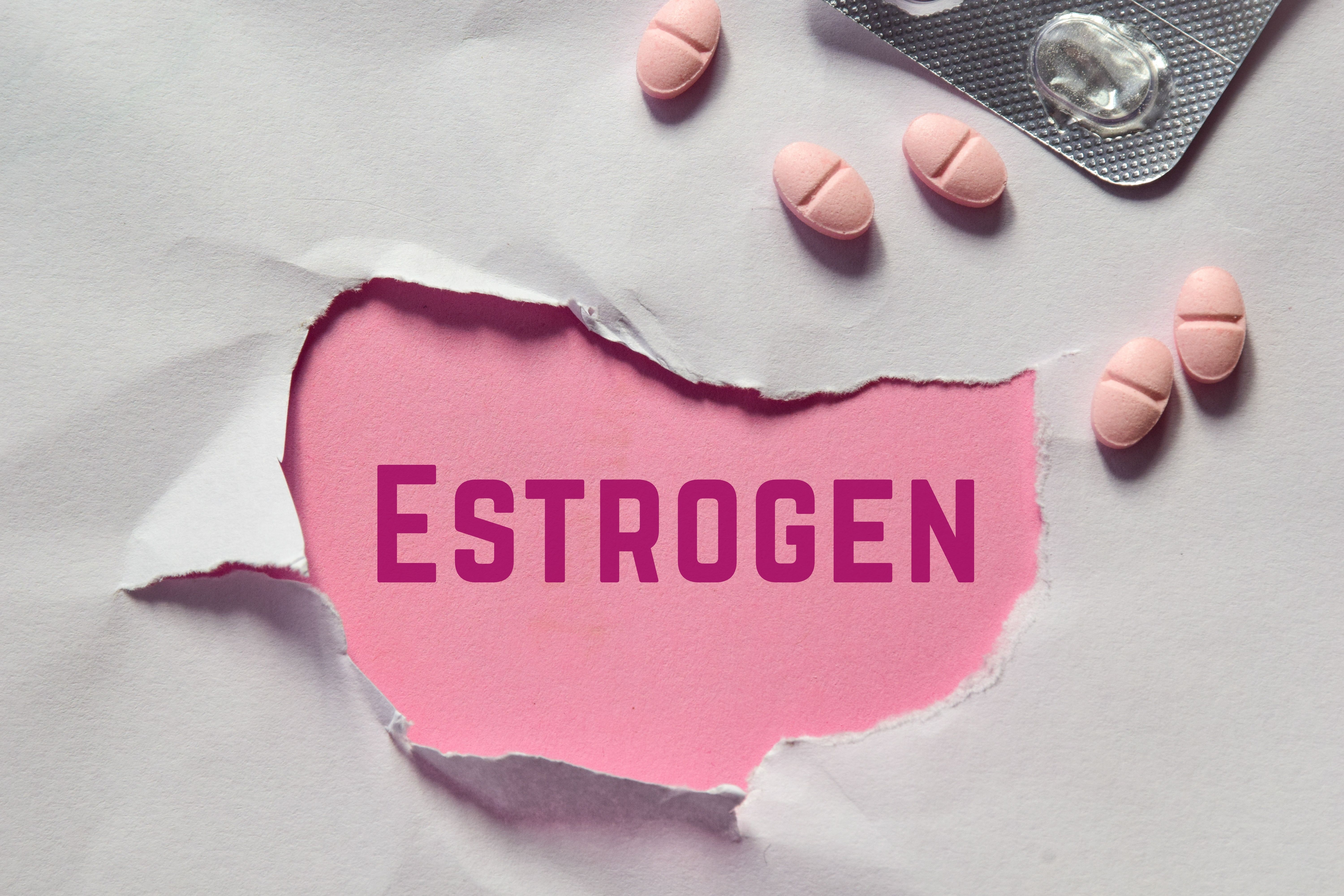Article
HPV Vaccines Cut Cervical Cancer Rates, Study Shows
Author(s):
Research from 2008 to 2014 suggests that vaccinations have been successful in preventing the most dangerous strains of HPV that cause nearly 70% of cervical cancer.
Vaccinations are preventing the most dangerous types of human papillomavirus (HPV) that cause most cases of cervical cancer, according to data from a recent study in Cancer Epidemiology, Biomarkers & Prevention, a journal of the American Association for Cancer Research.
Researchers from CDC analyzed archived specimens from women 18 to 39 years old who were diagnosed with cervical intraepithelial neoplasia grades 2 to 3 or adenocarcinoma in situ (CIN2+), and tested them for 37 HPV strains. Prevalence of HPV types 16 and 18, which cause most cases of cervical cancer, were predicted and measured in 10,206 cases. Data were analyzed from a 5-site population-based surveillance system. It was found that rates of HPV-positive CIN2+ fell from 52.7% in 2008 to 44.1% in 2014.
The authors analyzed the ratios of each HPV type and predicted the quantity of CIN2+ cases over time. Researchers found the number of these cases declined from 2344 in year 2008 to 1857 in year 2014. Changes attributed to strains HPV16/18 fell from 1235 in 2008 to 819 cases in 2014.
The quantity of CIN2+ cases among vaccinated women that were HPV 16/18-positive fell significantly from 55.2% to 33.3% during the same time span. In unvaccinated women, the proportion of CIN2+ cases that were positive for strains 16 or 18 dropped from 51.0% to 47.3%. In circumstances where vaccination status was unknown, the same diagnosis decreased from 53.7% to 45.8%. The author reasoned that a number of vaccinated women were HPV 16/18-positive because they were infected with 1 of these strains prior to being vaccinated.
The authors believe that data showing HPV decline in unvaccinated women is due to the phenomenon of, “herd protection,” which reduces the spread of a disease when a large portion of a population develops immunity. Immunity results from prior exposure to a contagion or through application of a vaccine.
Researchers set their focus specifically on HPV types 16 and 18 as they were found to be responsible for causing nearly 70% of global cervical cancers. These 2 strains were specifically targeted by the quadrivalent HPV vaccine which was predominantly administered between 2006 to 2015 in the United States.
Every age group saw significant declines in the proportion of CIN2+ cases that were HPV 16/18-positive except the oldest, which included women between 35 to 39 years old. The author believed this finding reflects the fact that most of these women were not vaccinated due to their ages.
According to the CDC, statistics show that 49.5% of girls and 37.5% of boys ages 13 to 17 have received recommended doses of the HPV vaccine. To further encourage a decline in HPV, the authors advised that all children should receive the vaccination starting at 11 or 12 years old. They also added that efforts should be heightened to educate parents about the importance of HPV vaccines.
The study suggests that vaccinations have a significant effect on restraining rates of HPV and that use of continual preventive strategies will demonstrate an even greater impact.
“This is clear evidence that the HPV vaccine is working to prevent cervical disease in young women in the United States,” said the author in a statement.
Reference
McClung N, Gargano J, Bennett N, et al. Trends in Human Papillomavirus Vaccine Types 16 and 18 in Cervical Precancers, 2008—2014. [published online February 21, 2019]. Cancer Epidemiol Biomarkers Prev. doi: 10.1158/1055-9965.EPI-18-0885





